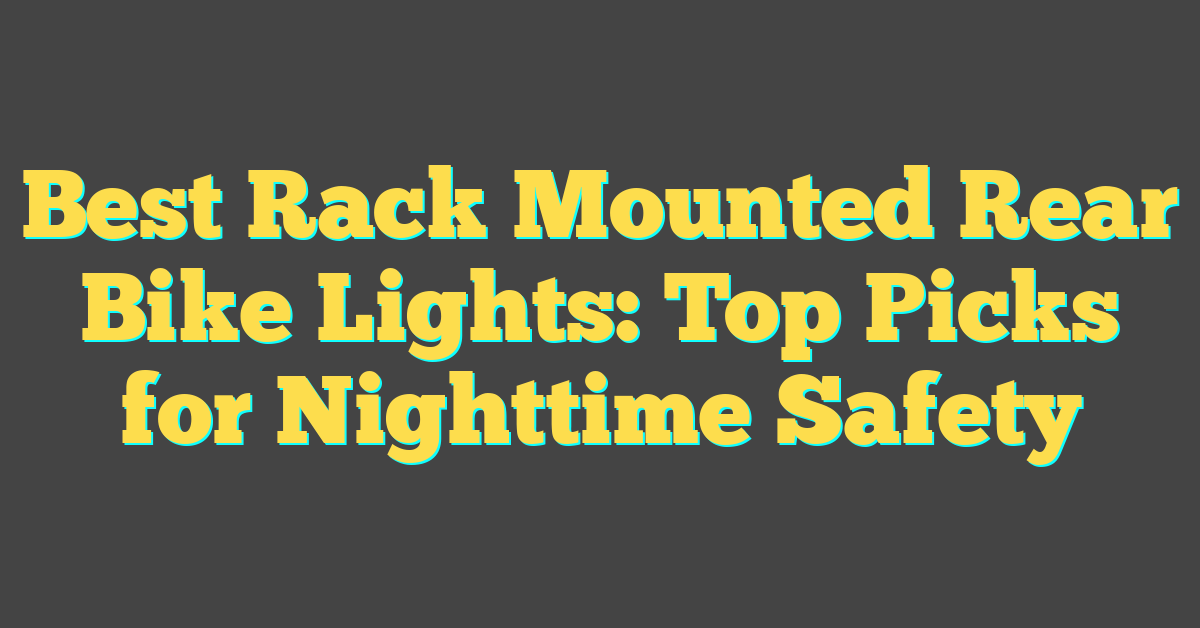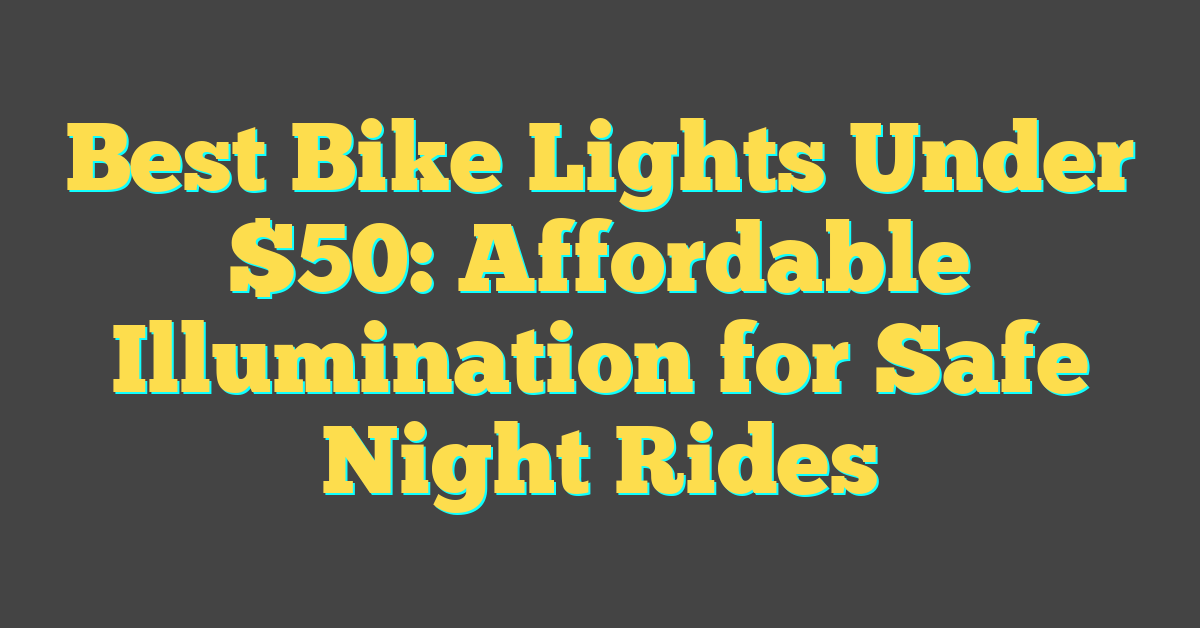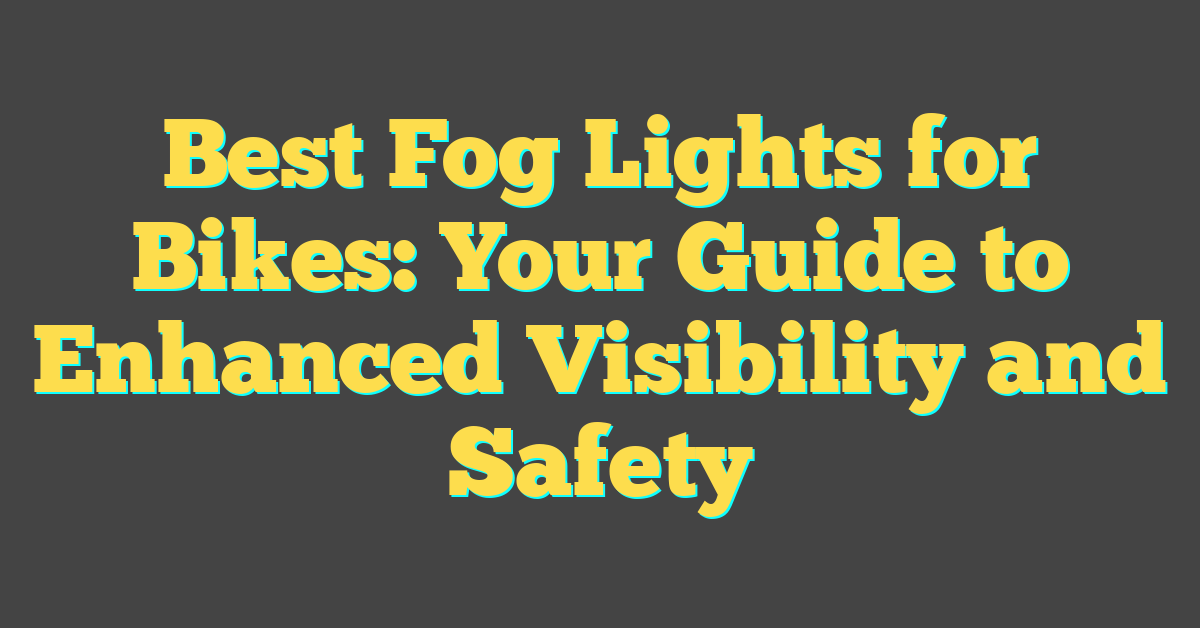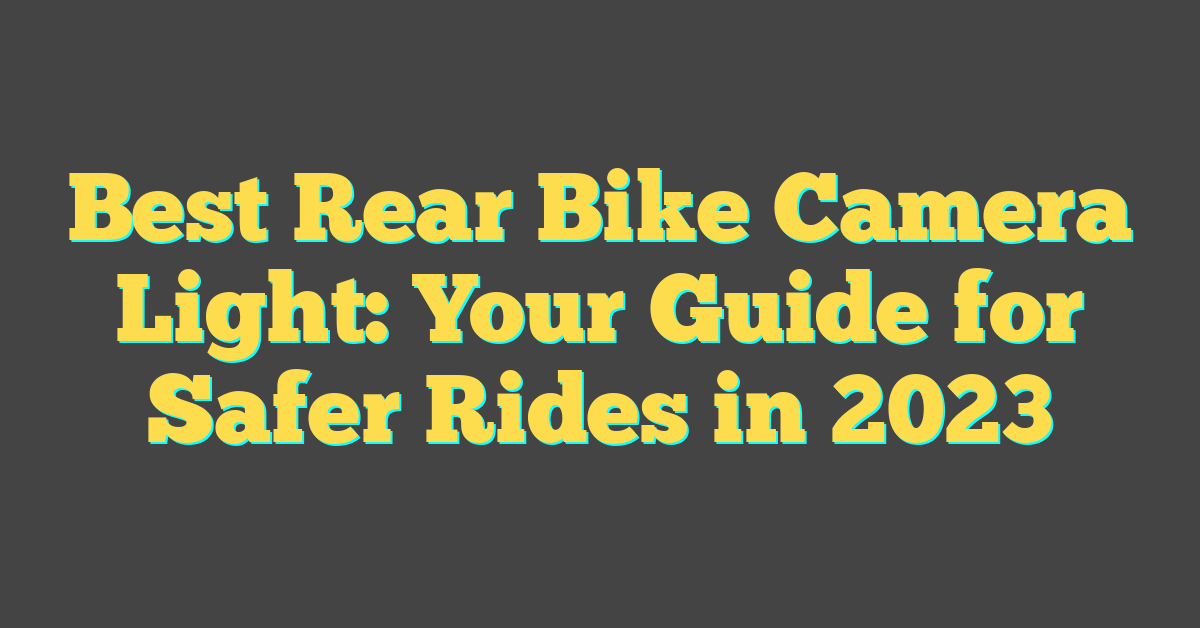When you’re looking to spruce up your outdoor space, lighting is key. But not all light bulbs are built to withstand the great outdoors. You’ve got to consider weather, temperature, and even the fixture’s location.
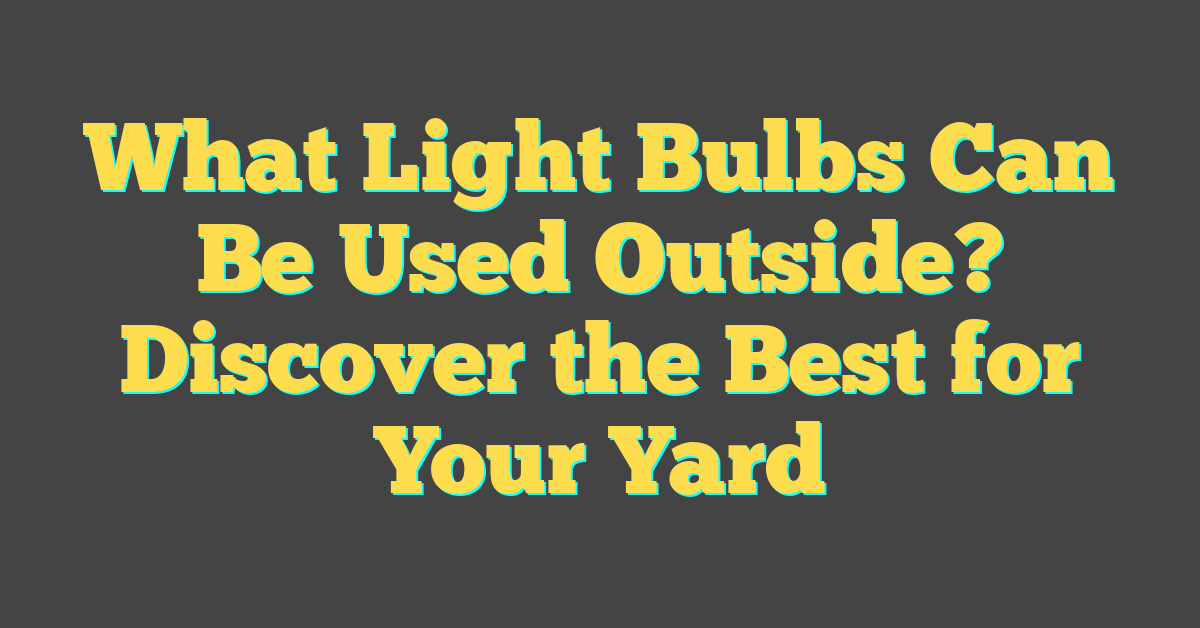
You might wonder which bulbs will brave the elements while offering that cozy glow for your backyard soirées. Let’s shed some light on the best picks for outdoor use, ensuring you’re never left in the dark when it comes to illuminating your open-air oasis.
Understanding the Different Types of Light Bulbs
When you’re knee-deep in DIY projects, finding the right light bulb can make all the difference in your outdoor space. It’s not just about picking the brightest option; each type of bulb has its strengths and ideal settings. Let’s explore what’s on offer to illuminate your late-night barbecues and twilight gatherings with brilliance and charm.
Incandescent Bulbs
These are the traditional light bulbs you’re probably most familiar with. They’re typically inexpensive and provide a warm, inviting light. While they might evoke a sense of nostalgia, remember that they’re not the most energy-efficient choice and often have a shorter lifespan. They might be your go-to for that cozy, golden hue, but keep in mind that they’ll need more frequent replacing.
Compact Fluorescent Lamps (CFLs)
CFLs use about a third of the energy that incandescent bulbs do and last longer, too. They’ve been a popular energy-saving option for years. But they take a moment to warm up to their full brightness, and they contain a small amount of mercury, so you’ll need to be careful with disposal.
Light-Emitting Diodes (LEDs)
LEDs are the stars of efficiency and longevity in the bulb universe. They’re known for their durability and can save you up to 80% in energy usage compared to traditional bulbs, with lifespans that outshine the rest.
LEDs come in various shapes and sizes, and they’re ideal for outdoor settings where you want crisp, vivid lighting. They’re also available in a range of color temperatures, which allows you to customize the mood of your outdoor spaces to your liking. Here’s a quick breakdown of the options:
- Warm White: Perfect for creating a cozy, intimate atmosphere.
- Cool White: Great for a bright, alert vibe—think security lighting.
- Daylight: Mimics natural daylight and is excellent for areas where you need to see clearly, like around your workspace or garage.
Remember to check for bulbs rated for outdoor use, as they’ll have the durability needed to handle the whims of Mother Nature.
Factors to Consider for Outdoor Light Bulbs
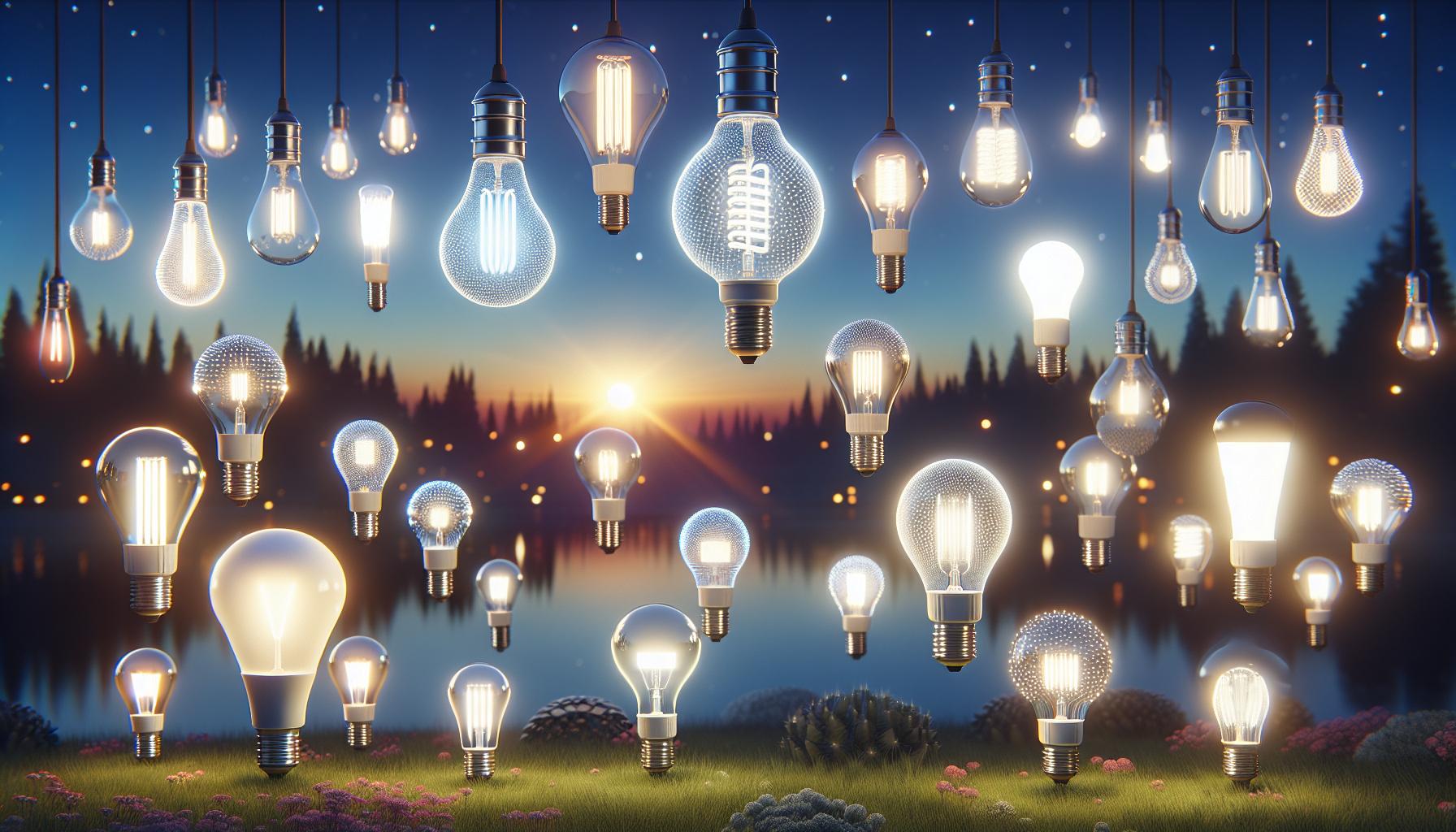
When you’re picking out bulbs for your outdoor spaces, there’s more to keep in mind than just the types of bulbs you can use. Outdoor lighting requires a bit more finesse and consideration to ensure that your space is safe, efficiently lit, and aesthetically pleasing.
Weather & Climate Resistance is crucial. Your outdoor bulbs will face rain, snow, extreme heat, and more. Look for bulbs specifically rated for outdoor use. This means they’re designed to handle the elements. You’ll often find an IP (Ingress Protection) rating on these, showing their level of protection against solid objects and moisture. The higher the IP rating, the more weather-resistant the bulb.
Energy Efficiency should be at the top of your list, especially if you’re aiming for a sustainable home. LEDs with Energy Star certification are ideal; they’ll save you money on your energy bills and reduce your carbon footprint. This is a win-win for both your wallet and the planet!
Brightness & Lumens matter when illuminating your outdoor areas. Instead of focusing on watts, look for lumens – the true measure of a bulb’s brightness. For example, a 1600-lumen bulb can provide ample brightness for a patio or backyard. Here’s a quick guideline for your outdoor spaces:
| Area to Illuminate | Lumens Recommended |
|---|---|
| Pathway Lighting | 100-200 Lumens |
| Step Lights | 12-100 Lumens |
| Flood Lights | 700-1300 Lumens |
| General Yard Light | 1600 Lumens |
And don’t forget about Color Temperature. Measured in Kelvins (K), this decides whether your outdoor space feels warm and inviting (lower K) or cool and alert (higher K). A 3000K bulb is typically a warm white, creating a cozy atmosphere, perfect for deck areas.
Lastly, Safety Standards shouldn’t be ignored. Ensure your outdoor bulbs are UL listed or have a similar safety certification. It’s a guarantee that they’ve been tested and are safe for outdoor environments. After all, safety should never take a backseat.
« Are Light Bulbs Non-Ohmic? Uncover the Surprising Truth Behind Your Home Lighting
What Light Bulbs for Recessed Lighting: The Ultimate Guide to Ambience & Efficiency »
Keep these factors in your toolkit, and you’ll create an outdoor lighting plan that not only looks great but also stands up to Mother Nature’s tests.
Incandescent Light Bulbs for Outdoor Use

When you’re considering incandescent light bulbs for your outside spaces, it’s like choosing the classic piece in a wardrobe—the fundamentals are timeless and often preferred for their warm, inviting glow. But remember, incandescent bulbs aren’t as energy-efficient as their modern LED or CFL counterparts. That means they might not be the first choice if you’re looking to shave a bit off your energy bill.
However, if you’re going for aesthetics and that nostalgic ambiance, an incandescent bulb can provide that traditional look and feel. They possess a color temperature that generally hovers around the warm white range, creating a welcoming and cozy atmosphere perfect for outdoor gatherings or a bit of curb appeal.
Bulbs that are labeled as “outdoor use” typically have a stronger construction than their indoor counterparts, with thicker glass and sturdier bases designed to withstand elements like rain and snow. Plus, with various shapes and sizes available, you can get creative with your outdoor lighting designs. Here are a few tips to ensure you pick the right incandescent bulbs:
- Check for Weather Resistance: Look for bulbs specifically rated for outdoor use.
- Wattage Matters: Higher wattage means more brightness but also more energy consumption; balance your needs accordingly.
- Fixture Compatibility: Ensure your chosen bulbs fit your outdoor fixtures and aren’t too large or small for the housing.
Keep in mind that while incandescent bulbs emit a pleasant light, they also generate more heat. Avoid placing them near anything flammable and consider their proximity to foliage and other decorations. With the proper precautions and placement, incandescent bulbs can make your outdoor living areas feel just as cozy as your indoor ones. Remember, safety is just as important as style when it comes to lighting up your outdoor haven.
LED Light Bulbs for Outdoor Use

When it comes to illuminating your backyard or porch, LED light bulbs are a game-changer. They’re more energy-efficient than incandescent bulbs, saving you money on electricity bills in the long run. Plus, they last significantly longer, which means you’ll be climbing the ladder to change them far less often.
LEDs are incredibly versatile. Whether you need bright light for security purposes or a softer glow for ambiance during those evening barbecues, LED bulbs come in a range of brightness levels and temperatures to fit the bill. And don’t worry about them handling the great outdoors – many are specifically designed to be weatherproof.
Here are some quick tips for selecting LED bulbs for your outdoor spaces:
- Look for bulbs labeled “outdoor” or “weatherproof” to ensure they can withstand the elements.
- Consider motion sensors or timer functions to enhance security and conserve energy.
- Pay attention to lumens – the higher the lumens, the brighter the bulb. Ask yourself how much light you actually need for a given area.
For security lights, brighter is typically better. But for decorative lighting, such as string lights around your patio, going too bright can ruin the cozy, intimate vibe you’re aiming for.
Most outdoor LED bulbs have a Longevity Advantage, often boasting lifespans of up to 25,000 hours or more. To give you an idea, here’s a quick comparison:
| Bulb Type | Expected Lifespan |
|---|---|
| Incandescent | 1,000 hrs |
| CFL | 8,000 hrs |
| LED | 25,000 hrs |
Remember to check if your existing fixtures are compatible with LED bulbs. Some older models may need a small upgrade to make the switch, but it’s usually a straightforward DIY fix that you can handle with a quick trip to the hardware store. Plus, the satisfaction of improving your home’s lighting efficiency on your own is a fantastic feeling.
Keep in mind that while the initial cost of LED bulbs may be higher than traditional bulbs, the long-term savings in energy and replacement costs can be significant. With the added benefit of customizing your outdoor lighting to create the perfect ambiance or enhance security, LEDs are an investment in your home’s functionality and curb appeal.
Halogen Light Bulbs for Outdoor Use

Continuing with your quest to illuminate the night, let’s talk about the middle ground of outdoor lighting: halogen light bulbs. As you dive into the world of outdoor lighting, you’ll find that halogen bulbs are a bit of a hybrid—more energy efficient than incandescent bulbs, yet not quite as advanced as LEDs.
Halogen bulbs harness the brilliance of halogen gas to increase light output and prolong lifespan. When you’re arranging your outdoor oasis, these bulbs can offer a crisp, white light that brings the intricate details of your garden or patio to life. They’re often favored for spotlighting or floodlighting due to their intense and directed light.
Here are some considerations when opting for halogen bulbs:
- Check for UV Protection: Halogen lights can emit UV radiation, so it’s crucial to ensure they have a UV filter or are placed in fixtures that provide UV protection.
- Heat Emission: They run hotter than LEDs, so think about placement and safety. Keep them away from materials that can’t handle the heat.
- Dimmer Compatibility: If you prefer a warm ambiance, halogen bulbs are dimmable. Just make sure your outdoor lighting system is fitted with compatible dimmers.
| Feature | Benefit |
|---|---|
| Bright, White Light | Ideal for security lighting and highlighting key features |
| Energy Efficiency | Better than incandescent, but lower than LEDs |
| Immediate Brightness | No warm-up time needed, unlike some CFLs |
| Lifespan | Longer than incandescent bulbs, averaging 2,000 to 4,000 hrs |
While halogen bulbs don’t boast the same energy credentials as LEDs, they’re still a respectable choice for your outdoor lighting needs. You can expect a decent lifespan, instant brightness, and a significant step up in efficiency from traditional incandescents.
Whether you’re lighting up a walkway or creating dramatic lighting effects for your next backyard party, halogen bulbs could be just the versatile friend you’re looking for. Just remember to always look for options designed for outdoor use. These will be tougher and more resistant to weather’s whims, much like their incandescent counterparts we discussed earlier. And when it’s time for a change, swapping them out is straightforward, especially if you enjoy a good DIY challenge.
Conclusion
So there you have it—your guide to navigating the world of outdoor light bulbs. Whether you’re lighting up your porch with LEDs or brightening your garden with halogens, remember to pick bulbs that are made to withstand the elements. Halogens strike a balance with their bright light and moderate efficiency, making them a solid choice for your outdoor spaces. Just be mindful of their heat output and check for UV protection. With the right bulbs, you’ll enjoy a well-lit outdoor haven that’s both welcoming and secure. Now go on and shine a light on your beautiful outdoor areas!
Frequently Asked Questions
What are the main types of outdoor lighting discussed in the article?
The article focuses on three main types of outdoor lighting: incandescent bulbs, LED bulbs, and halogen bulbs, highlighting the pros and cons of each type.
How does a halogen bulb’s energy efficiency compare to other bulbs?
Halogen bulbs are more energy efficient than incandescent bulbs but less than LED bulbs, striking a balance between efficiency and cost.
What are the best uses for halogen bulbs outdoors?
Halogen bulbs are ideal for outdoor security lighting and for highlighting key features like garden elements or architectural details due to their bright, white light.
What should you consider when using halogen bulbs outdoors?
When using halogen bulbs outdoors, consider UV protection, heat emission, and ensure they are compatible with your dimmers.
Are halogen bulbs energy efficient?
Halogen bulbs are more energy efficient than traditional incandescent bulbs but do not offer the same level of efficiency as LED bulbs.
How do halogen bulbs perform regarding lifespan and brightness?
Halogen bulbs provide instant brightness, a decent lifespan, and better efficiency over traditional incandescent bulbs but are surpassed by the longevity and energy efficiency of LEDs.
Is it easy to replace halogen bulbs?
Yes, swapping out halogen bulbs is generally a simple process, especially if they are designed for outdoor use and the right fixtures are in place.

